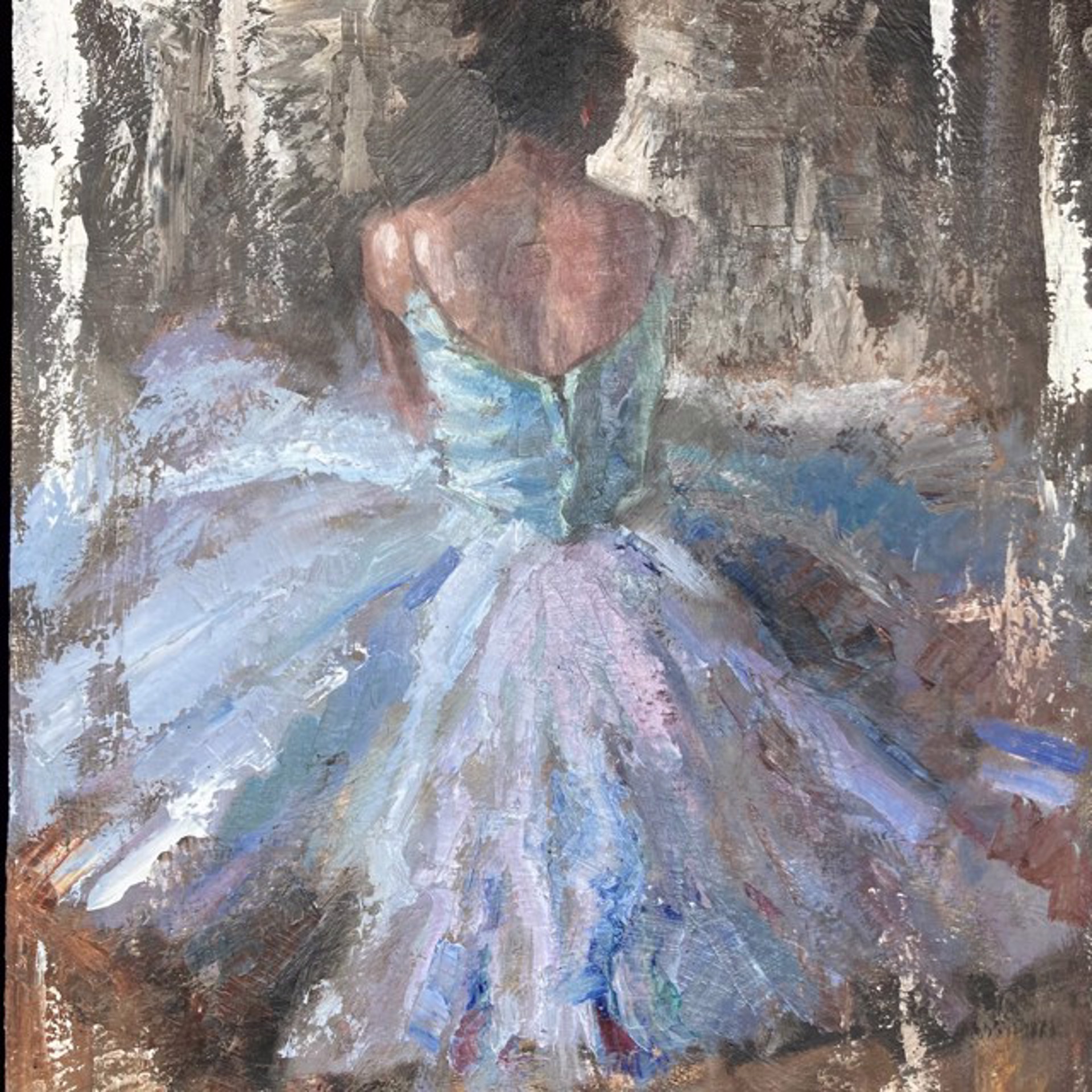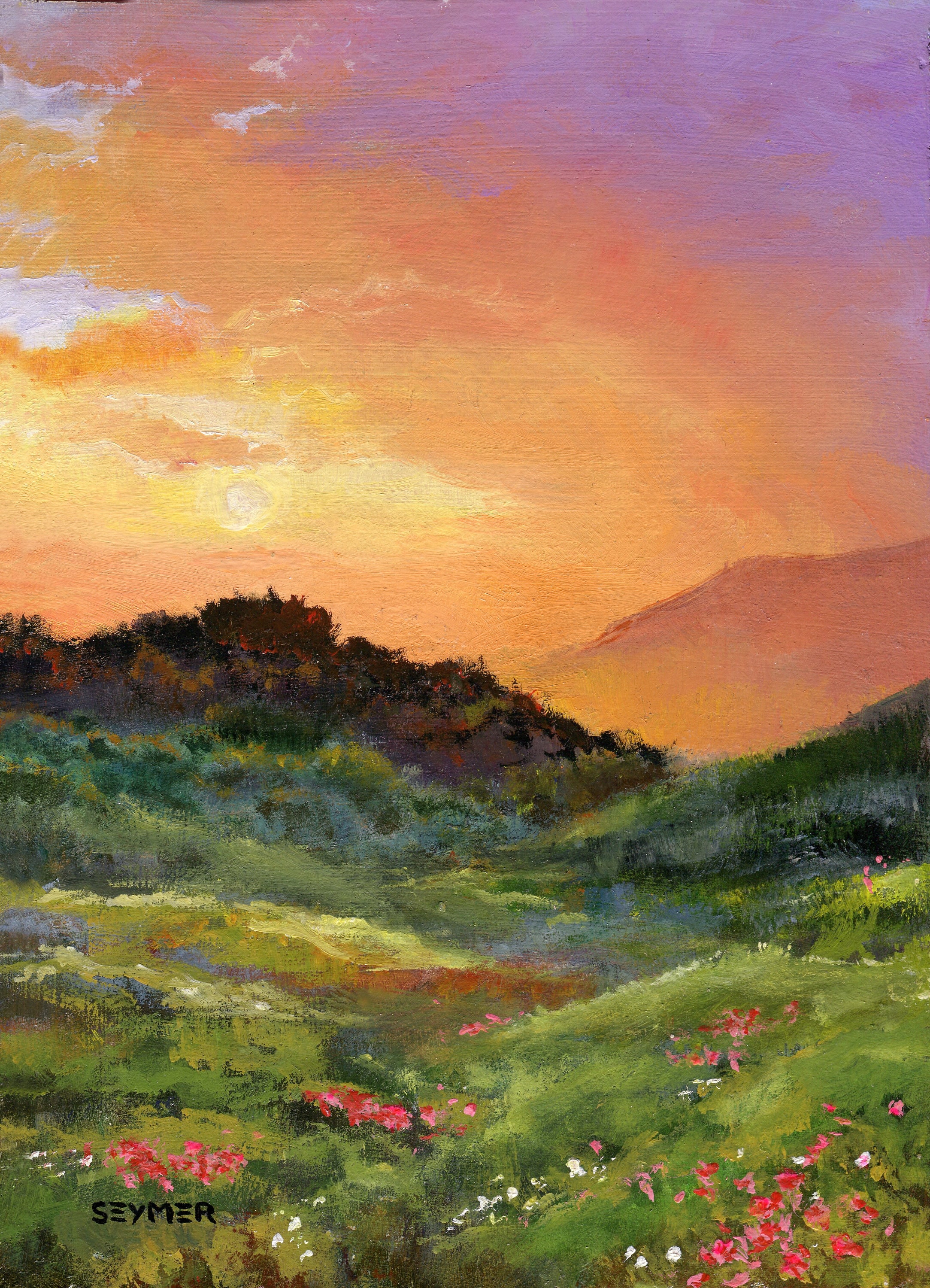Daily Updated Catalog of Oil Paintings for Sale
Exploring All Regarding Oil Paints: An Overview to Comprehending Their Elegance and Value
Oil paintings have captivated audiences for centuries, supplying a glance into the creative proficiency of different ages. Their rich history is linked with ingenious strategies and extensive emotional expression. Comprehending the products and techniques behind these art work can enhance gratitude. In addition, the market for oil paintings presents possibilities for financiers and collection agencies alike. As one explores this interesting world, the inquiry occurs: what makes an oil paint really useful?
The Background of Oil Painting: A Journey Through Time
Although oil paint has origins that go back to old times, it truly thrived during the Renaissance, when artists found its versatility and abundant color potential. Early examples can be traced to the 7th century, with methods advancing especially across cultures. The medium ended up being noticeable in Northern Europe in the 15th century, specifically via the jobs of musicians like Jan van Eyck, that spearheaded its use for detailed realistic look and dynamic colors. This duration marked a departure from tempera paints, permitting better depth and appearance. As oil painting spread, it influenced countless musicians, leading to work of arts by prominent numbers such as Leonardo da Vinci and Rembrandt. The tool's tradition continues, forming the art globe well into modern times.
Recognizing Oil Paints: Materials and Techniques
As musicians discover the world of oil paints, they experience a varied range of products and strategies that define this tool. The main components of oil paint consist of pigments, which give color, and drying out oils, such as linseed, that bind the pigments and help with application. Various ingredients can modify the paint's appearance and drying time, boosting flexibility. Strategies like glazing, where transparent layers are developed up, and impasto, which includes applying thick paint, enable different visual effects. In addition, making use of brushes, scheme blades, and also fingers can develop one-of-a-kind appearances and coatings. Understanding these methods and products allows artists to totally express their creativity and accomplish the wanted effect in their art work.
The Function of Shade in Oil Paintings
Shade plays a critical duty in oil paintings, influencing both visual appeal and psychological vibration. Comprehending color concept essentials, including the partnerships between shades, can enhance a musician's capability to communicate state of mind and atmosphere. Additionally, understanding color mixing techniques permits for better depth and richness in a painting's combination.

Shade Theory Essential
Comprehending color theory is vital for musicians functioning with oil paints, as it creates the foundation for producing unified and visually appealing structures. Color theory encompasses the research of exactly how colors connect, the shade wheel, and the relationships between key, secondary, and tertiary colors. Artists make use of complementary shades to enhance contrasts and create focal points, while comparable colors promote unity and cohesiveness within an item. In addition, the principles of trendy and warm shades affect the assumption of deepness and room in a painting. Understanding these concepts allows artists to manipulate shade successfully, guiding the viewer's eye and communicating their desired message. Proficiency of color theory ultimately enhances a musician's capability to share emotions and ideas via their work.
Psychological Impact of Color
The emotional effect of color in oil paints plays a vital role in how customers regard and connect with artwork. Shades evoke specific sensations and moods, affecting the visitor's emotion. Cozy hues like oranges and reds can create a feeling of warmth and power, while trendy tones such as blues and eco-friendlies frequently stimulate calmness or introspection. Artists tactically choose shade palettes to improve narrative components, guiding the target market's psychological trip. The saturation and contrast of shades further intensify these impacts, attracting attention and creating focus. Inevitably, the interaction of shades in oil paints not only boosts their visual charm yet likewise functions as an effective tool for emotional expression, improving the customer's experience and interpretation.
Color Mixing Techniques
While numerous facets of oil paint add to the overall composition, understanding color mixing methods is crucial for accomplishing wanted effects and deepness. Shade blending can be come close to through numerous methods, including the additive and subtractive processes. Additive mixing includes combining colors of light, while subtractive mixing depends on pigments, where colors mix to produce new tones. Artists commonly utilize a limited scheme to produce harmonious works, comprehending the partnerships in between main, second, and tertiary shades. Techniques such as glazing and scumbling even more enhance depth and brightness. By masterfully mixing colors, an artist can stimulate feelings, produce focal points, and achieve a sense of realism, ultimately elevating the paint's visual and psychological influence.
Famous Oil Painters and Their Iconic Works

Well known for their mastery of shade and method, oil painters have actually developed several of the most renowned art work in background. Popular artists like Vincent van Gogh captivated audiences with his stirring brushwork in "Starry Evening," while Claude Monet's "Impact, Sunrise" laid the groundwork for Impressionism. Leonardo da Vinci's "Mona Lisa" remains an enduring icon of artistic genius, showcasing his skill in recording human expression. Meanwhile, Rembrandt's "The Evening Watch" highlights his ingenious use light and darkness. Various other significant numbers consist of Pablo Picasso, who reinvented modern art with his strong testing in jobs like "Les Demoiselles d'Avignon," and Georgia O'Keeffe, whose vibrant representations of landscapes and blossoms helped define American modernism. Each musician's unique design added substantially to the oil painting landscape.
Exactly how to Review the Quality of an Oil Painting
Assessing the high quality of an oil painting includes a mindful evaluation of workmanship techniques, in addition to an evaluation of shade and composition. Observing brushwork, layering, and the application of paint can disclose the artist's ability level. Additionally, the interplay of shades and the overall plan of components add substantially to the paint's aesthetic worth.
Evaluating Workmanship Methods
A careful evaluation of workmanship strategies is important for establishing the quality of an oil painting. Critics should initially take a look at the application of paint; thick, textured brushstrokes may recommend a skilled hand, while extremely uniform applications might suggest a lack of depth. oil paintings for sale. The layering technique is likewise essential; the visibility of lusters and differed density can boost luminosity and complexity. In addition, the high quality of the products utilized, such as the canvas and pigments, plays a substantial role in sturdiness and general visual. Focus to detail in components like edges and changes in between colors reflects the artist's commitment to their craft. Inevitably, these techniques add to the paint's emotional effect and market value, acting as indicators of the musician's ability and intent
Analyzing Shade and Make-up
While assessing the quality of an oil paint, one must concentrate on the interaction of shade and composition, as these aspects are essential to the artwork's overall impact. Shade selections can establish and evoke emotions mood; consequently, the artist's palette ought to be analyzed for consistency and contrast. A healthy composition routes the viewer's eye and develops a feeling of unity. Musicians usually employ methods like the guideline of thirds or leading lines to boost visual interest. In addition, the use of light and shadow can include deepness, boosting the three-dimensionality of the paint. Inevitably, a successful oil painting weds color and structure, involving the customer and inviting a much deeper recognition of the musician's vision and method.
Caring for and Preserving Oil Paintings
Appropriate treatment and conservation of oil paintings is important for maintaining their integrity and longevity. To secure these artworks, it is important to show them far from direct sunshine, which can create fading and staining. Maintaining a stable setting with controlled temperature level and moisture further help in avoiding damages. Cleaning up should be done gently utilizing a soft, completely dry fabric, staying clear of any type of harsh chemicals that can harm the paint or varnish. Normal examinations for indicators of degeneration, such as flaking or cracking, are recommended. When carrying or storing oil paintings, correct extra padding and framework are essential to prevent physical injury. Ultimately, thorough treatment adds to the visual appeal and worth of oil paints over time.
The Market for Oil Paints: Collecting and Investing
Recognizing the market characteristics for oil paints is essential for enthusiasts and investors alike. The worth of these art work is affected by different factors, consisting of the artist's track record, historic significance, and present trends. Enthusiasts usually seek pieces that resonate personally while considering potential recognition in worth. Galleries and public auctions act as primary places for buying and marketing, with rates varying based upon need and rarity. Buying oil paints requires research into the market, in addition to an understanding of credibility and provenance. Furthermore, emerging artists may use chances for considerable returns, while developed names can regulate high costs. Overall, a strategic technique to accumulating can yield both aesthetic pleasure and economic incentives.

Regularly Asked Concerns
What Are the Environmental Impacts of Oil Paint Products?
The environmental impacts of oil paint materials include the launch of unpredictable organic substances (VOCs), damaging waste generation, and resource removal for pigments. These aspects add to pollution and eco-friendly deterioration, increasing concerns amongst ecologically conscious artists and customers.
Exactly How Do Various Canvases Affect Oil Painting Outcomes?
Various canvases affect oil paint results considerably. Texture, surface area, and absorbency top quality can modify paint application, drying out times, and color vibrancy. Artists frequently select particular canvases to attain preferred effects and boost their creative expression.
Can Oil Paintings Be Recovered if Harmed?
Oil paints can without a doubt be brought back if harmed. Expert conservators utilize numerous techniques to fix rips, clean surfaces, and address discoloration, making sure that the art work retains its original charm and worth for future generations.
What Are the Signs of an Initial Oil Paint?
The indicators of an original oil paint consist of visible brush strokes, appearance variants, and an uneven canvas weave (oil paintings for sale). Additionally, credibility might be verified through provenance, trademarks, and the existence of a varnish layer one-of-a-kind to oil tools
Exactly How Has Technology Influenced Modern Oil Paint Techniques?
Innovation has substantially affected contemporary oil painting techniques by introducing digital tools for planning, boosted products for texture and durability, and online systems for offering and sharing art, therefore broadening musicians' imaginative opportunities and audience reach. Oil painting has origins that date back to old times, it genuinely grew during the Renaissance, when musicians found its versatility and rich color potential. The emotional effect of shade in oil paintings plays a crucial function in how customers link and view with artwork. While lots of click here aspects of oil painting contribute to the total composition, mastering shade mixing strategies is essential for attaining desired impacts and depth. Reviewing the top quality of an oil paint entails a cautious analysis of workmanship methods, as well as an analysis of color and composition. While assessing the top quality of an oil painting, one need to concentrate on the interaction of color and structure, as these components are fundamental to the art work's general impact.